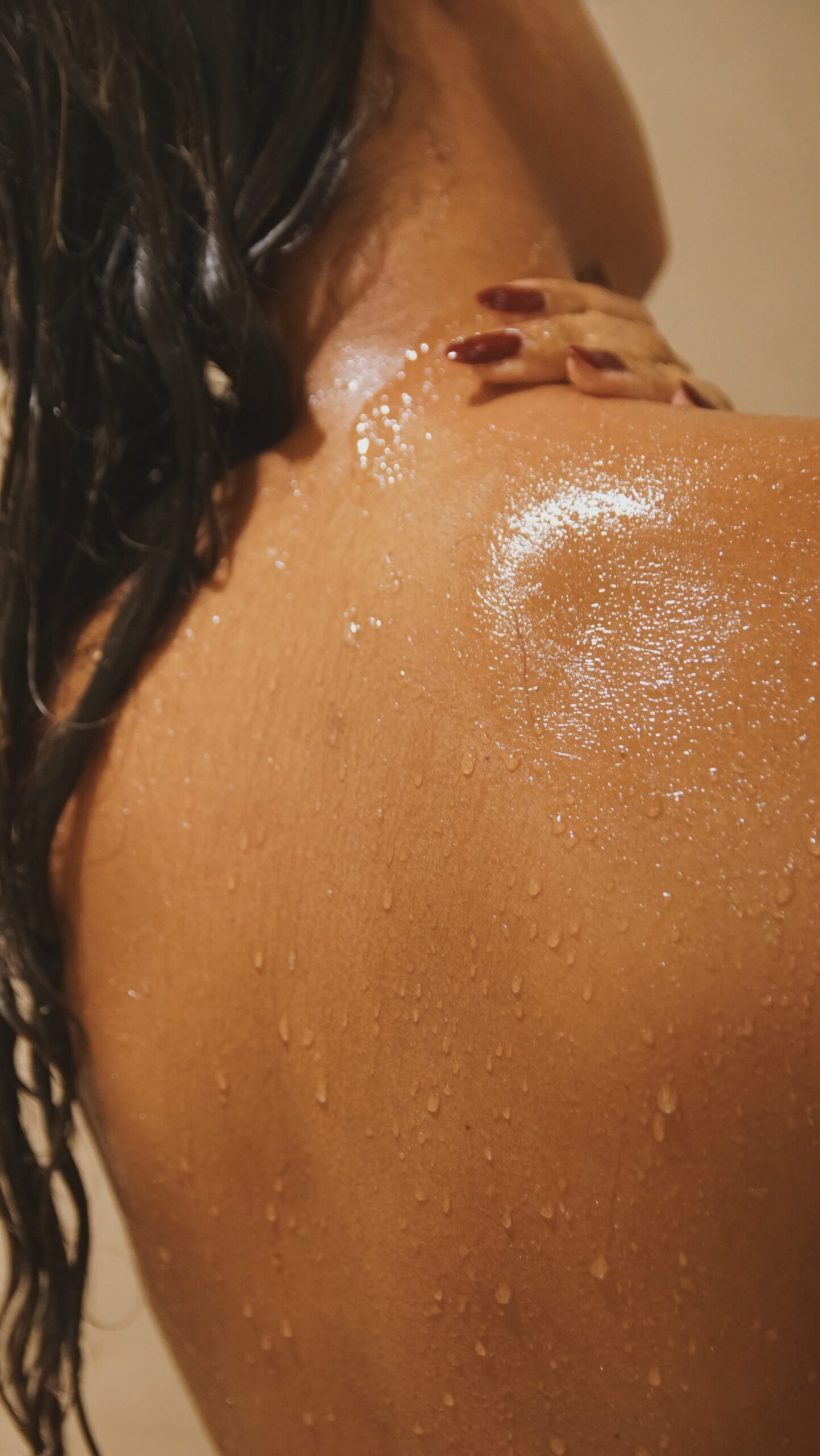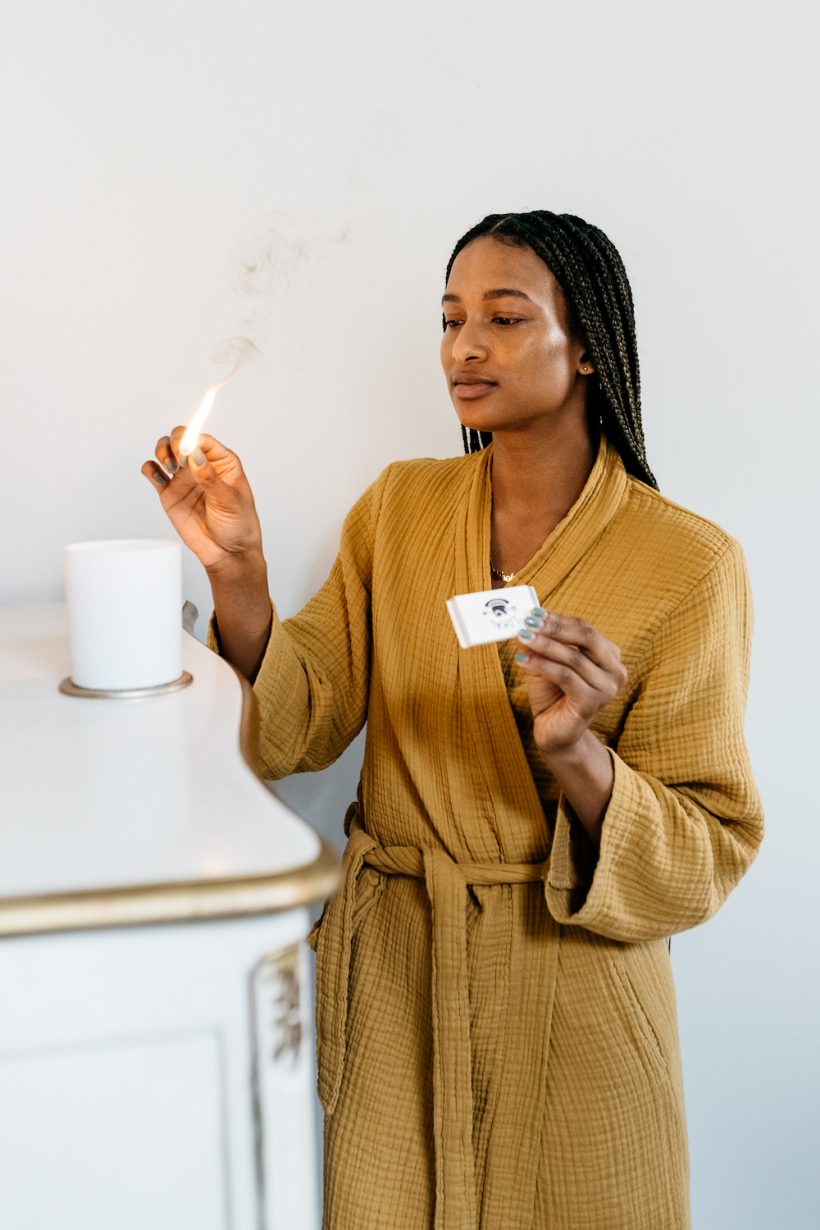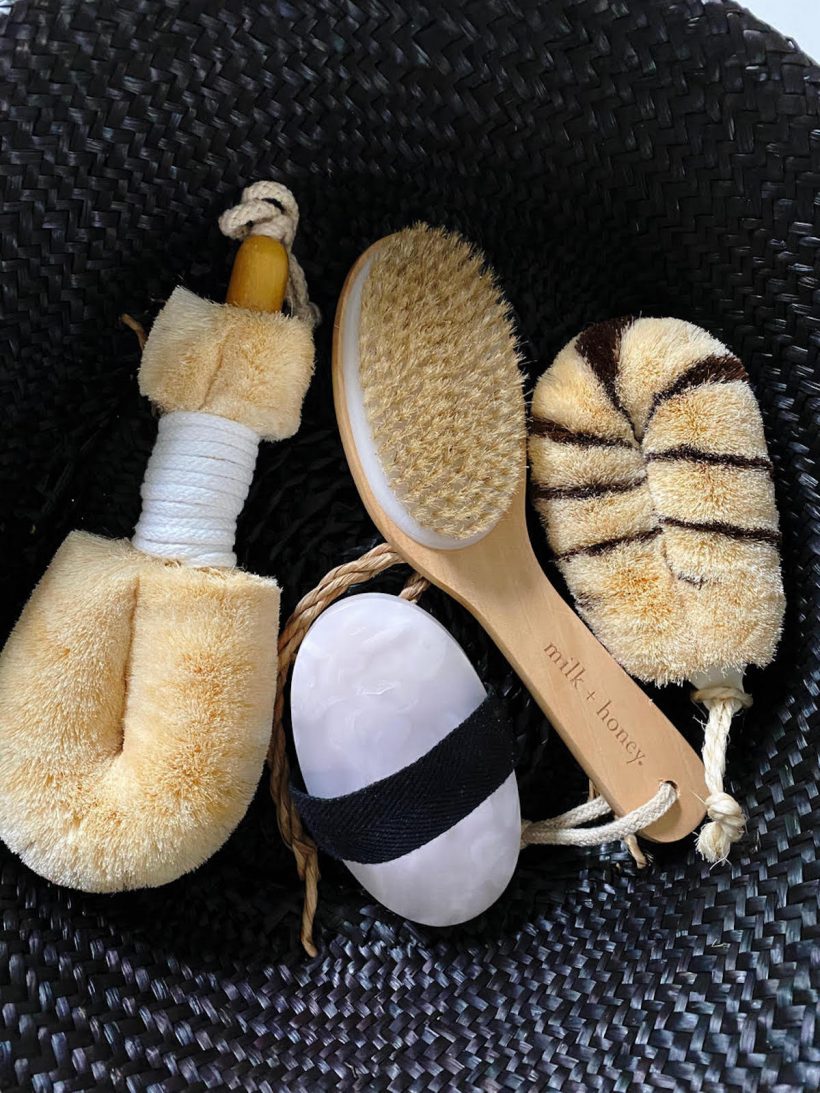How to Get Rid of Those Dry, Rough Patches and Tiny Bumps On Your Skin—Plus 11 Products That Help
KP be gone.

As is true for many things, in skincare, it can be hard to treat any condition if you don’t know the name for it. When I first heard the term “strawberry skin,” I’ll admit the alliteration was unfamiliar. But when I understood the definition, I could visualize it perfectly—and suddenly, learning how to treat keratosis pilaris became my skincare routine’s primary concern.
Strawberry skin, also known as keratosis pilaris (KP), describes the bumpy, dark spots that appear at the hair follicle. I had suffered from KP for so long that I didn’t know there was anything I could do about it. Until I realized that with targeted treatments and intentional products, I could figure out how to treat keratosis pilaris.
At this point, I have a pretty dedicated skincare routine. I still enjoy trying new products and switching out serums and face masks depending on what my skin is doing. But mostly, my routine is set and so locked in that I can do it in the dark. With my skincare rituals established, it’s only natural that my attention would turn to body care.
Featured image by Belathée Photography.

Image courtesy of Stella Simona
High-end body products are the newest wave in skincare. Fresh, buzzy, and garnering major attention on social media, they’re repurposing familiar skincare ingredients like retinol or collagen to ensure your body gets just as much love as your face. Targeted body care isn’t just for bacne anymore (as an aside, I’ve never loved the portmanteau). Rather, it’s answering the call for all-over glass skin.
After discovering that there was something I could do about my strawberry skin, I dove head first into the project of buffing my body for ultimate soft and smooth skin. To bust the myths about KP—because you can’t trust everything you see on TikTok—and learn how to treat keratosis pilaris, I spoke to Jessica Houston, a double-licensed esthetician and VP of Operations at the Los Angeles spa and salon, BEAUTYBEEZ. An expert in all things body treatments, she shared plenty of insightful tips as well as her tried-and-true secrets to smooth skin.

Image by Michelle Nash
What is keratosis pilaris? What causes it?
Keratosis pilaris is a condition that causes rough patches and small, acne-like bumps to form on the skin. This condition develops when the skin produces too much of a protein called keratin, which can block hair follicles and cause bumps to develop. The bumps typically appear on the arms, thighs, cheeks, and buttocks. They’re white, sometimes red, but they typically don’t hurt or itch.
A lot has been said about keratosis pilaris, but not all of it’s true. Could you break down some common keratosis pilaris myths?
Myth: You just need to exfoliate more
When you see tiny bumps on your arms or legs, it makes sense to want to exfoliate them away. Unfortunately, excess rubbing of your skin could be doing more harm than good. KP bumps cannot be scrubbed off, but some light exfoliation can be helpful. Ditch the loofa and replace it with a shower body scrub.
Myth: They’re just pimples, so you can treat them with acne medication
It’s important to understand that keratosis pilaris is not the same as acne, psoriasis, or eczema. Keratosis pilaris is its own condition. Because of that, it cannot be treated in the same manner as other skin conditions. Acne medications are intended to be drying, which can cause bumps to worsen.
Myth: There are no treatment options
While keratosis pilaris does not have a cure, there are things you can do to reduce the appearance of those tiny bumps! Using a keratosis pilaris-specific treatment regimen like KP Elements can be incredibly effective. By using a body scrub in the shower and an exfoliating skin cream twice daily, you can see significant improvement in as little as three weeks.

Image by Hannah Zahner
How do you treat keratosis pilaris?
Common treatments for keratosis pilaris include:
Glycolic and lactic acids. These are both commonly-recommended treatments, and for good reason. Both AHAs (alpha-hydroxy acids) break down your keratosis pilaris bumps and smooth skin.Diamond microdermabrasion and mild exfoliation enzyme. In these professional treatments, an esthetician uses tools or enzymes to scrape off the top layer of your skin to reveal new, clear skin. These are most effective if performed routinely.Mild chemical peel. Chemical peels can easily exfoliate this top, clogged layer of skin and make your skin smoother. They dislodge the dry and thickened skin, thus making the skin softer.Gentle exfoliation. When you exfoliate your skin, you’re removing the dead skin cells from the surface.
Image by Danielle Sabol

 UsenB
UsenB 































